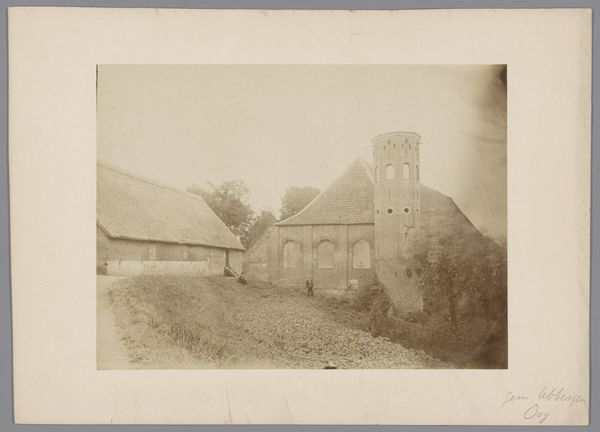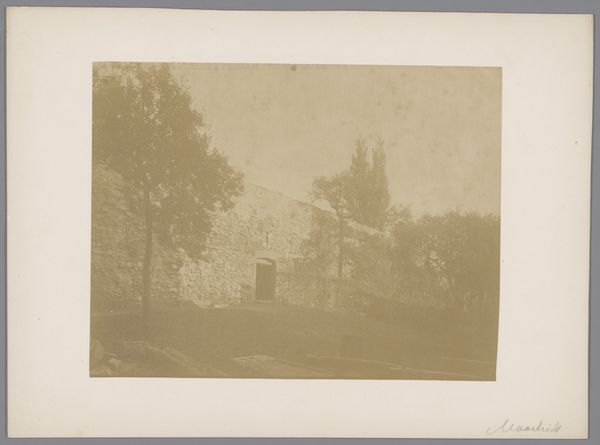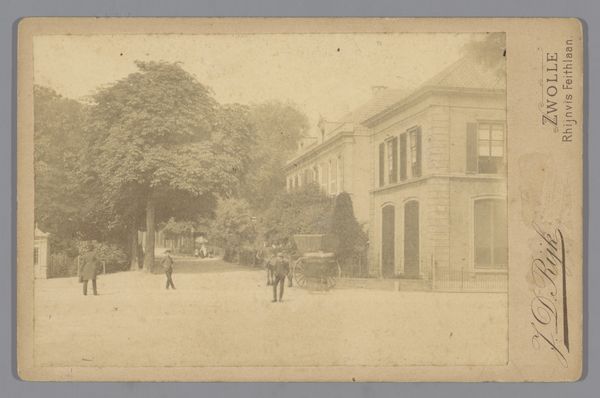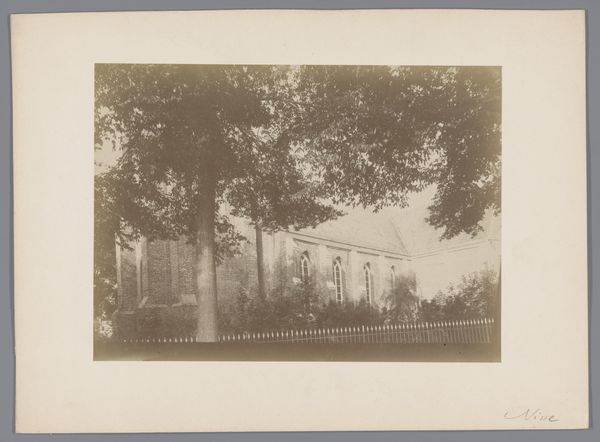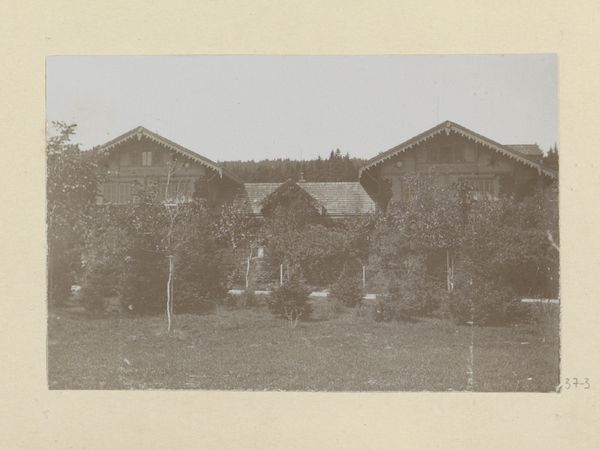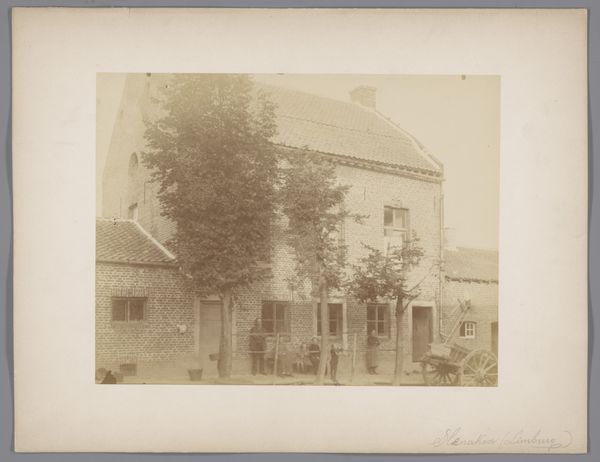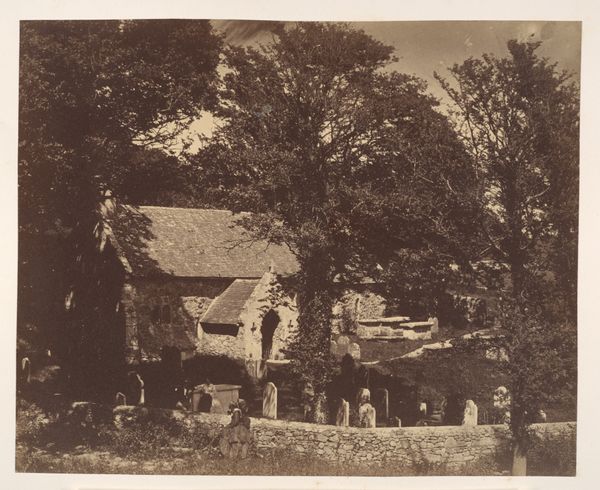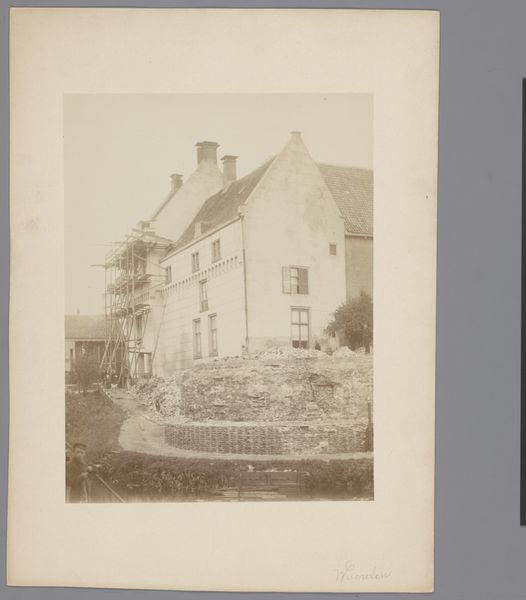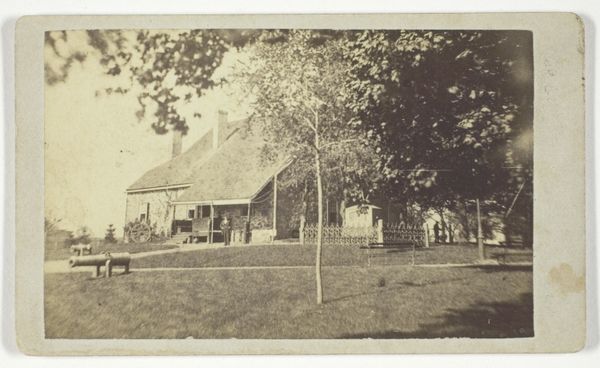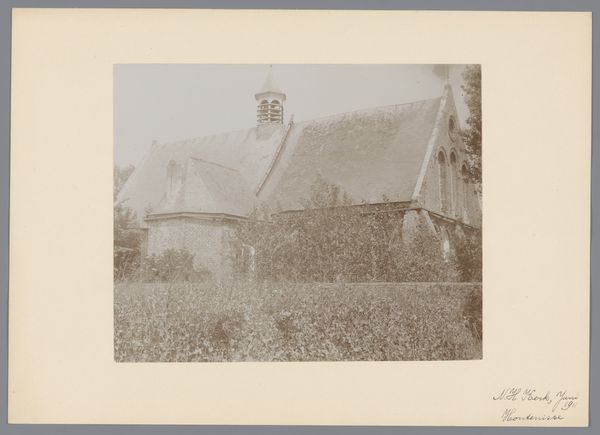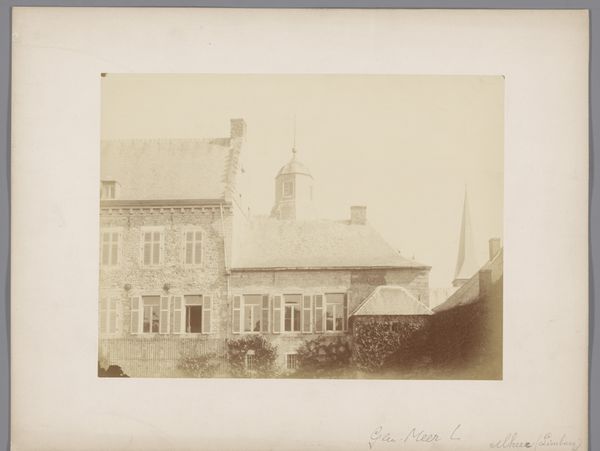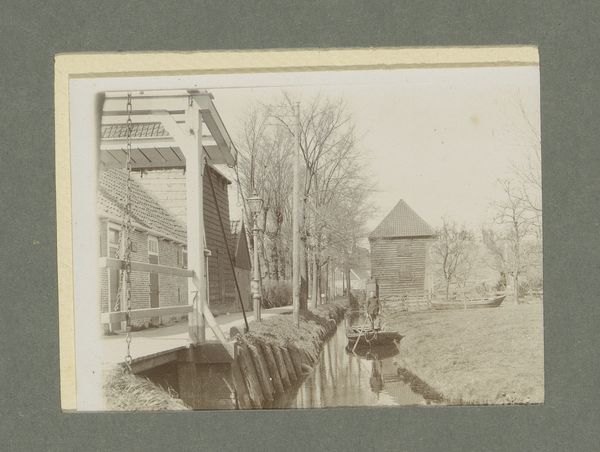
photography
#
photography
#
cityscape
#
street
#
realism
Dimensions: height 73 mm, width 99 mm
Copyright: Rijks Museum: Open Domain
Editor: This is a photograph, titled "Street scene with a woman in traditional dress on the left," dating roughly between 1920 and 1940 by G. Hidderley. It's quite atmospheric, almost dreamlike with its muted tones. What do you see in this piece that really speaks to the social context of its time? Curator: It is striking how this seemingly simple image can reveal a complex narrative when viewed through a historical lens. The woman's traditional clothing situates her within a specific cultural identity, one that may have been consciously preserved or, conversely, consciously challenged during a period of rapid modernisation in the interwar years. Editor: Challenged? How so? Curator: Photography, by this point, was increasingly accessible, serving to both document and shape perceptions of identity. So, is this an authentic portrayal, or is there an element of staging, reflecting a constructed idea of 'tradition' for a viewing public perhaps increasingly distanced from rural life? And consider where it was exhibited or published. How might that have shaped its meaning? Editor: So, you're saying the photograph might be performing an idea of what traditional life *should* look like? Curator: Exactly! The artifice, or lack thereof, informs the work, just as much as the woman and the architecture do. Consider how this image may have circulated, influencing notions of cultural heritage or even playing into regional or national identities in a period of significant political change. The real strength of photography in this era came from its potential as a propaganda tool, and even pictures such as this could function as powerful representations of social mores. Editor: That's a totally different perspective from my initial reaction to its aesthetic. I never thought about the image's power on that level. Curator: It reminds us that seemingly simple snapshots are laden with historical context. And considering where such a picture might have hung within the institutional art world reveals much about its place within a broader dialogue regarding identity politics at the time.
Comments
No comments
Be the first to comment and join the conversation on the ultimate creative platform.
